Sales Engagement Model: An Ultimate Guide with Examples and Processes
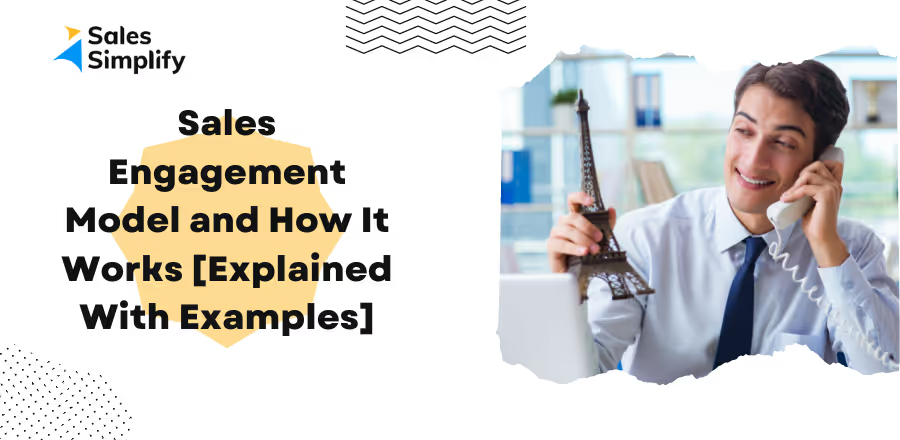
A sales engagement model is an indispensable tool for businesses that want to grow their client base and experience a higher percentage of leads to customer conversion. The correct sales engagement framework can help build a trustworthy relationship with your prospects by leveling up sales engagement. This ensures that they don't just convert into clients but also keep coming back for your products or services.
This blog will talk about what a sales engagement model is and discuss types of sales engagement models with related examples.
Without further ado, let's get started!
What is the sales engagement model?
A sales engagement model represents a strategic approach that businesses adopt to engage and develop strong professional relationships with their prospects or customers. A great sales engagement model will greatly enhance conversions, revenue per customer, overall customer satisfaction, and customer retention.
The sales engagement framework might differ from one company to another depending on their ultimate goal. Most companies combine more than one engagement model to ensure better sales outcomes.
However, there are some fundamental core components that should be included in most engagement models.
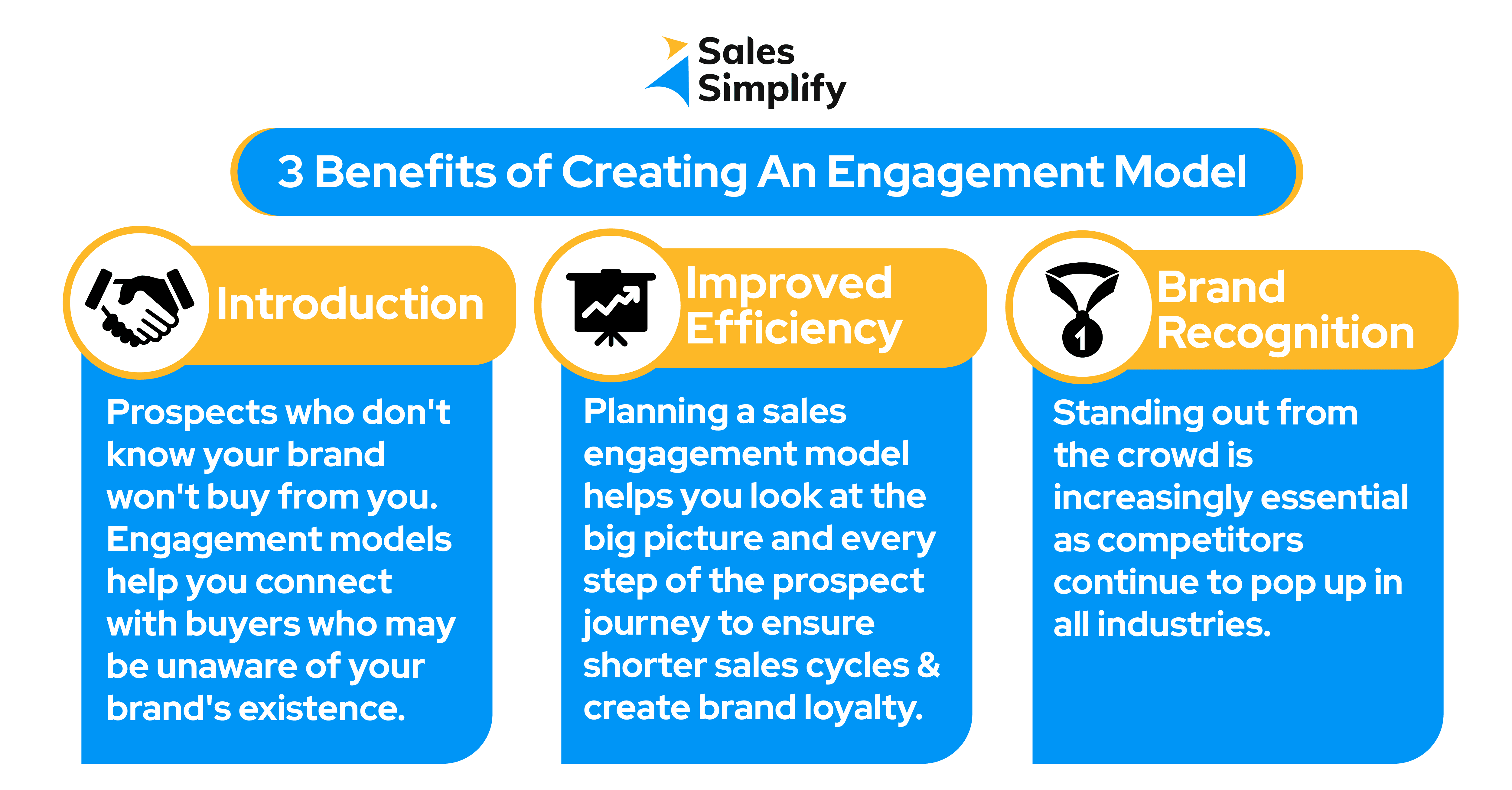
Guided engagement
Guided engagement works with information available at a particular point in the experience. This is mostly useful for businesses with limited resources planning to drive interactive engagements. A classic example of guided engagement is a one-on-one conversation with a sales representative or a detailed product demo in the initial stages of a sales engagement process.
Guided engagement can also be offered by premium brands catering to limited target audience pools. For example, a luxury car brand marketing their premium EV SUVs with top-class amenities and bleeding-edge tech.
Their target audience mostly includes top-notch industrialists, celebrities, etc. These customer segments might not be interested in indirect serial communications such as festive promotions, launch offers, etc. In such cases, a personalized guided engagement (test drive with feature explanation given by dedicated sales reps) can bring more traction towards the product.
Serial engagement
Serial engagement encompasses creating a series of interactions and touchpoints that lead towards achieving a goal.
Serial engagement is one of the most prevalent interaction methods employed by several industry-leading brands and startups. For example, strategically placing sales content as per the customer journey.
Linear engagement
Linear engagement is specifically beneficial when you want to create a relationship with both customers and prospects over time, building trust and loyalty. These strategies are often used by businesses having several products, such as FMCG brands and bank institutions.
Sales engagement models: Types and functioning
The most popular sales engagement models include:
- High-touch sales engagement model
- Low-touch engagement model
- Hybrid engagement model
- Retention models
- Automated prospect retention
Let's take a look at each type of engagement model in detail.
High-touch sales engagement model
High-touch sales engagement models usually work remarkably for businesses selling high-cost or complex solutions.
- The onboarding interaction typically begins with a quick introduction from the business development or sales team.
- The sales engagement discussion may further mature into online or face-to-face interactions, demos, and training sessions followed by weekly check-ins with a dedicated sales representative.
- Such a dedicated process ensures seamless product adoption, effective product usage and development of customer loyalty.
- With high-touch engagement models, sales reps can specifically tailor the onboarding experience according to the prospect's buying psyche and business goals.
- Furthermore, the overall approach can be adjusted based on how prospects respond.
Low-touch engagement model
Low-touch models are great for businesses focusing on high volume but lower-priced and simple solutions. The low-touch sales marketing engagement framework encompasses fewer touchpoints with prospects.
- In most cases, the interactions are technology-assisted or automated.
- The first sales engagement interaction typically involves an automated personalized email that highlights the current marketing insights and business solution features and continues with a mix of automated emails and usually one demo meeting or brief follow-up calls.
- Prospects are also usually assisted through self-learning resources, for example, video tutorials, knowledge base blogs/articles, product brochures and automated chatbots.
Low-touch sales engagement model: Nykaa
Nykaa is a leading B2C cosmetic marketplace. Starting from onboarding to retention the brand follows a low engagement model, given the volume and pricing of the products. Here are some examples of how they are using email marketing, WhatsApp marketing, and SMS marketing for their brand’s sales engagements:
- Automated emails with blog, curated lists and product information:
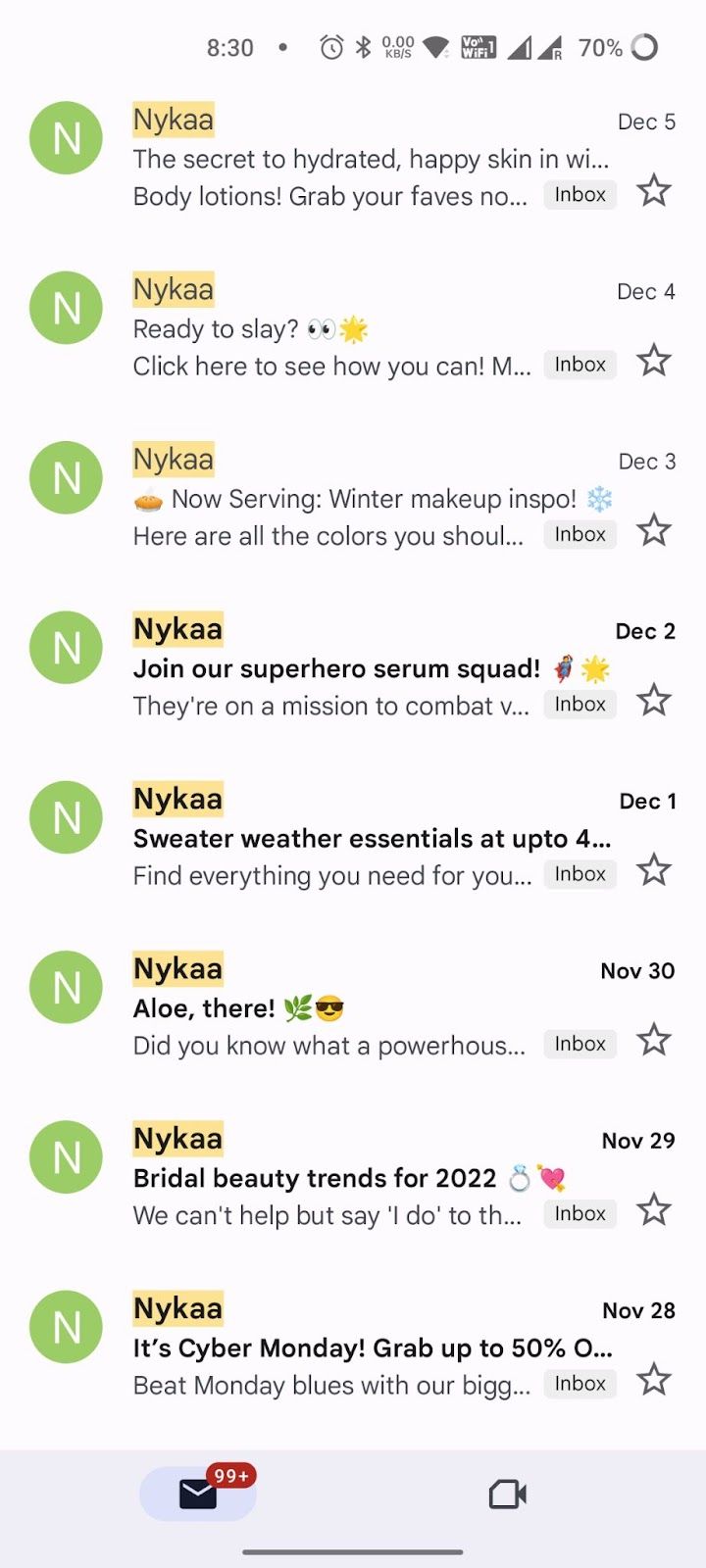
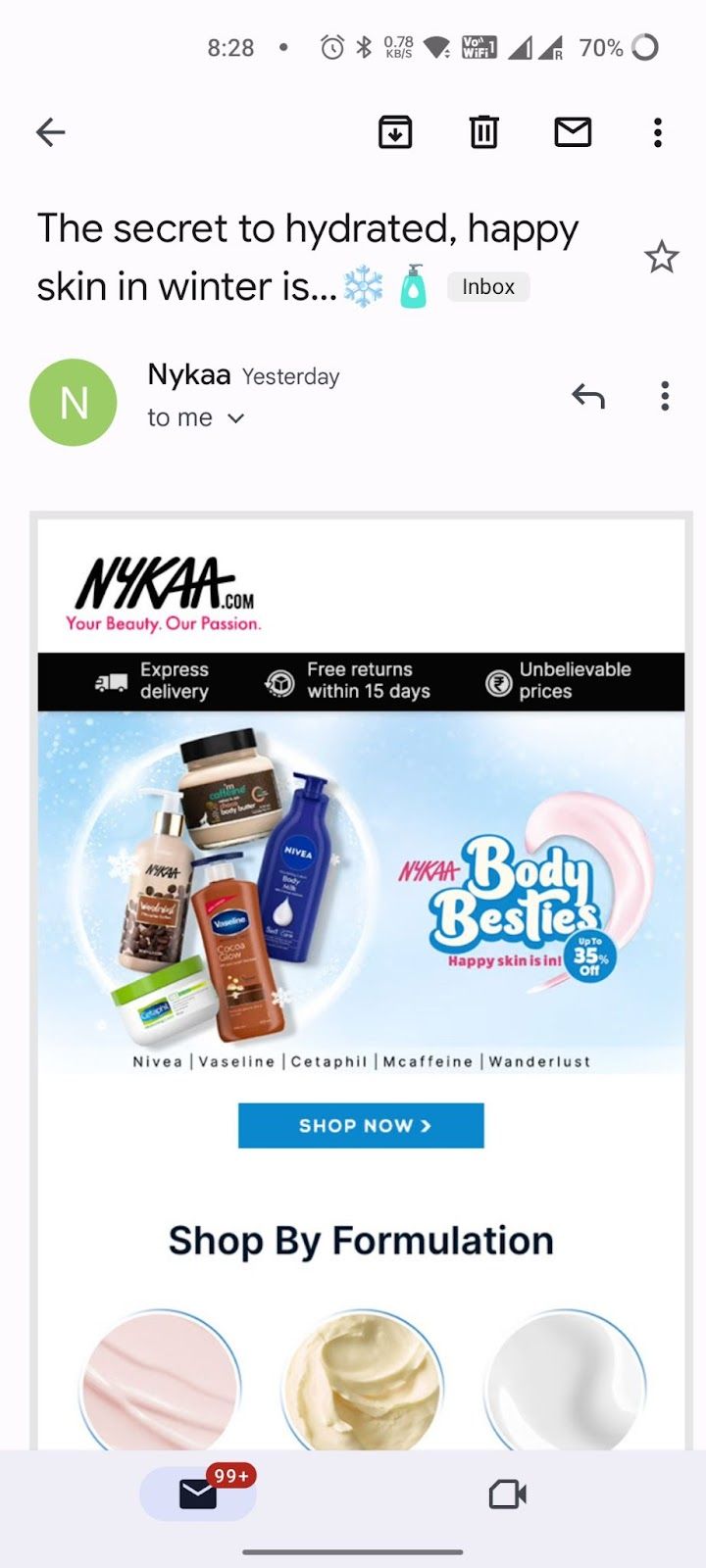
2. Push notification for new launch, discounts & special offers:
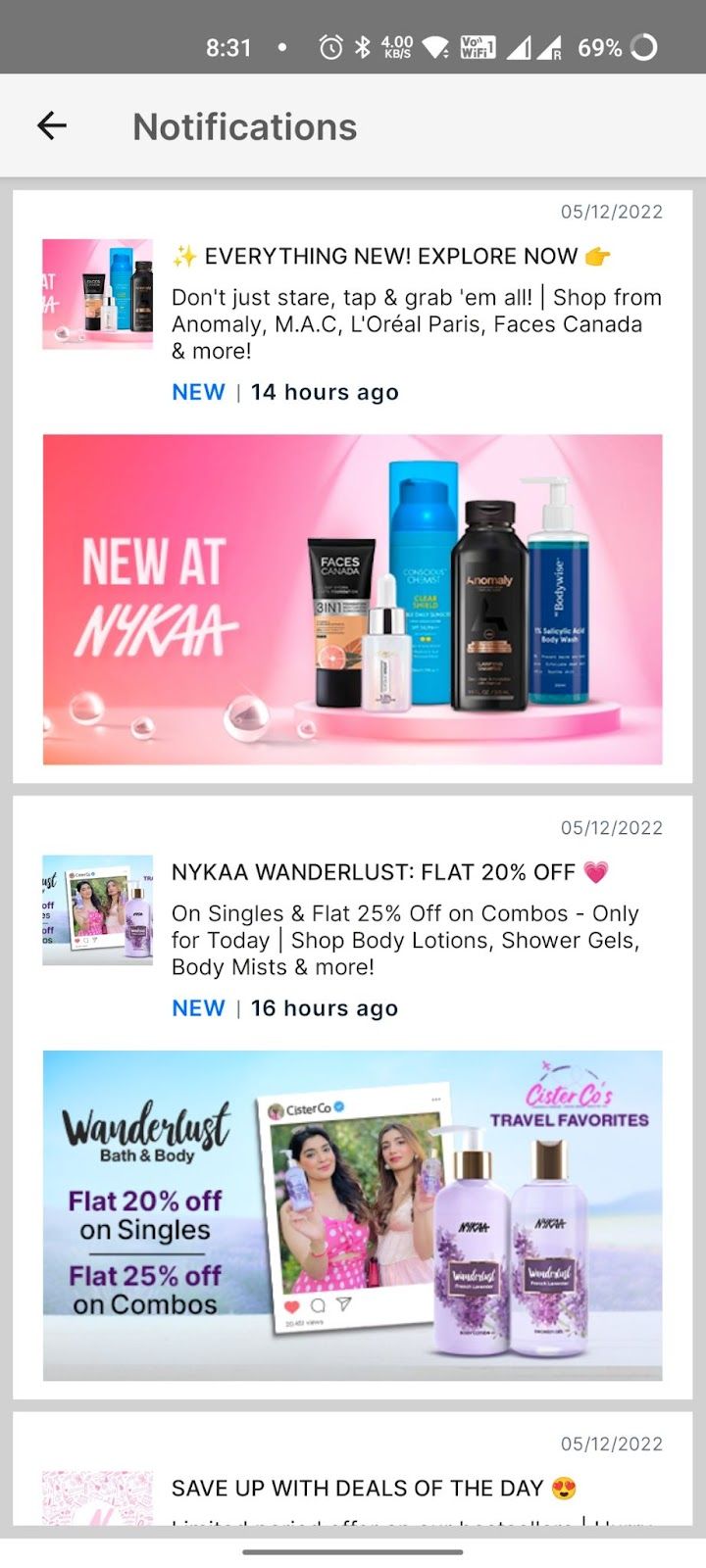
- SMS and whatsapp notification for special sale events:
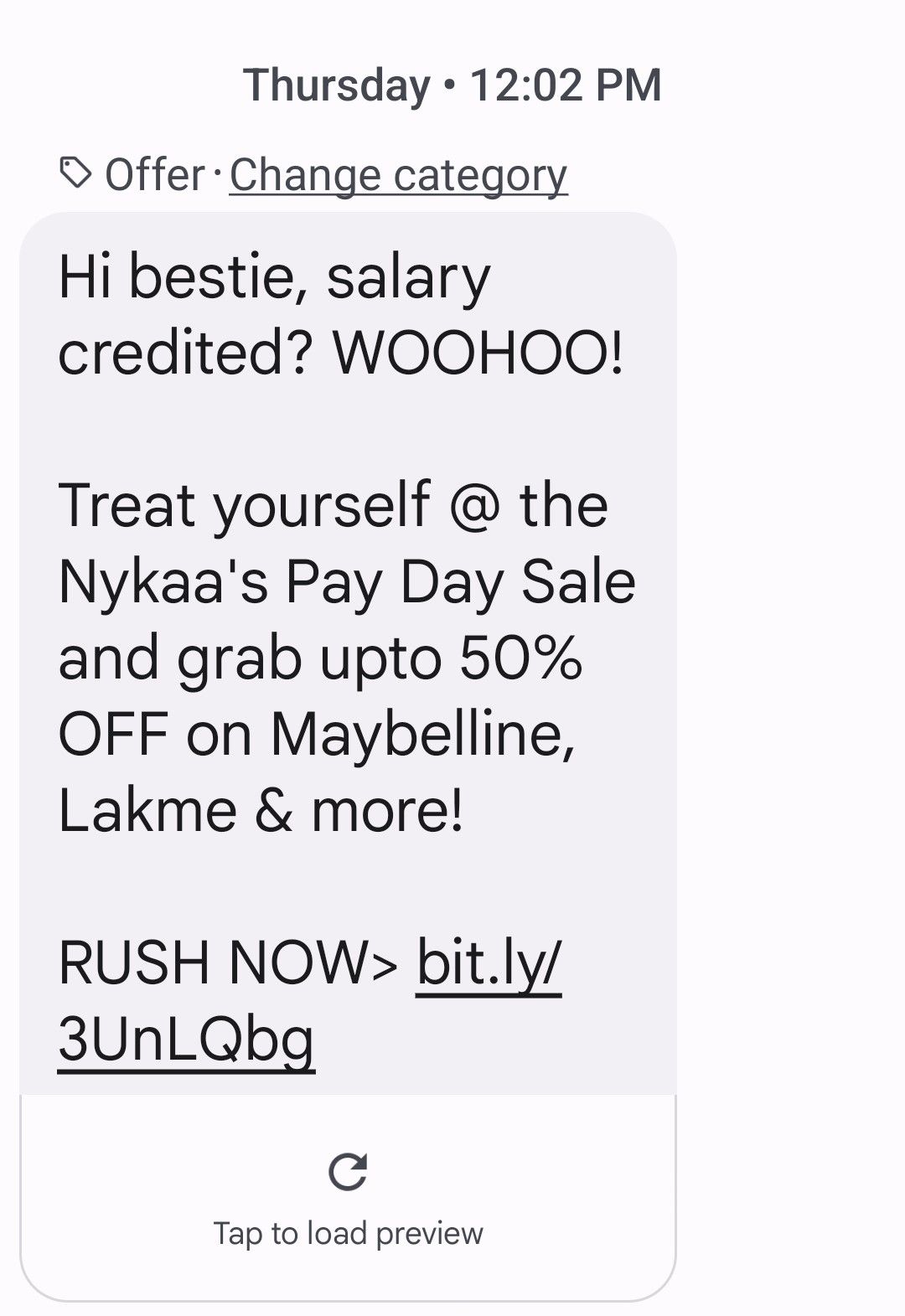
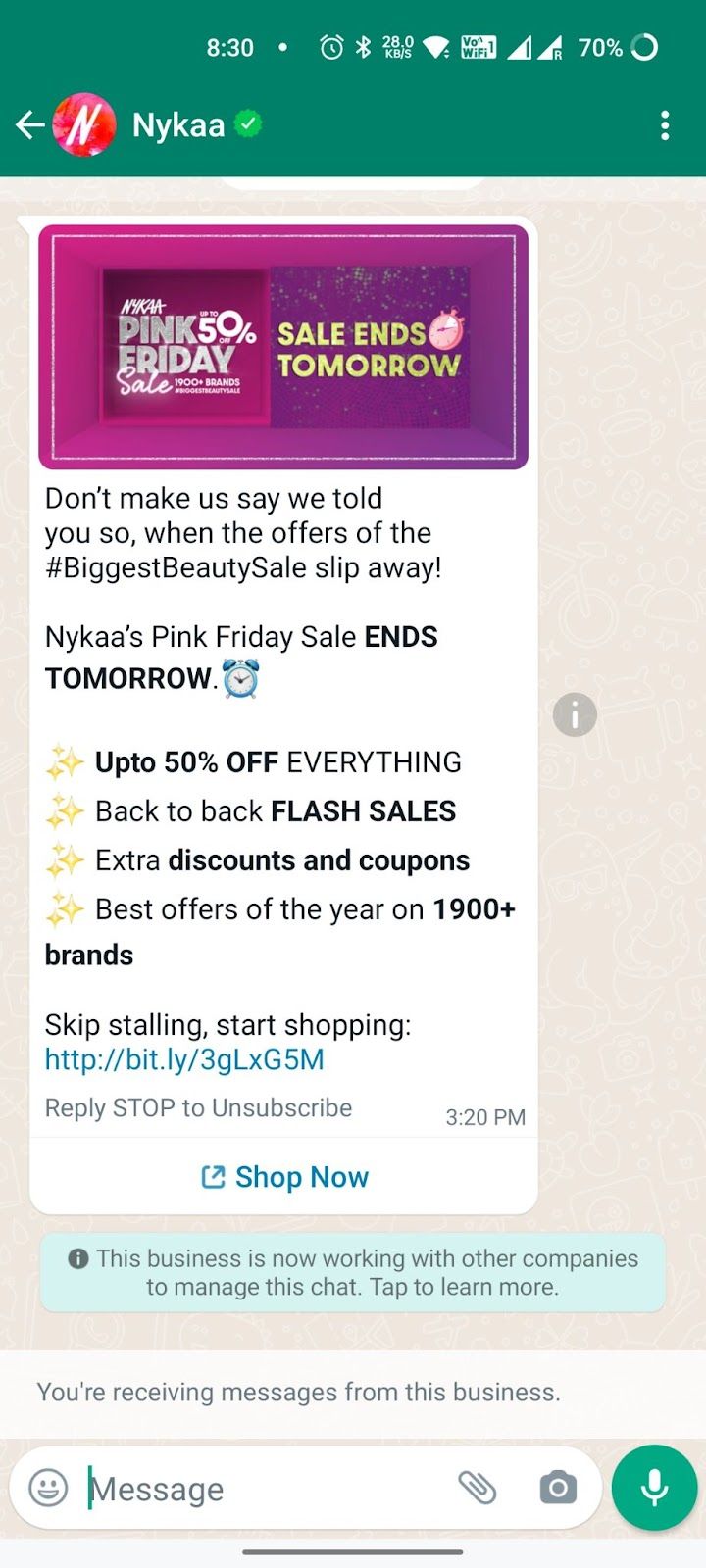
Hybrid engagement model
To strategize and optimize the sales engagement framework, many businesses embrace a combination of the two models based on factors like costs and product complexity.
- A hybrid sales engagement approach may combine high-touch preliminary engagement with a low-touch post-onboarding approach.
- However, depending on the type of product/service, some businesses may begin with a low-touch model paired and then gradually move to a high-touch post-engagement approach.
- This process is specifically useful for products where the sign-up rate is high or may find the learning curve challenging, thus requiring personalized assistance to ensure success in the long run.
Example of Hybrid Engagement mode: Banks offering B2C services
High-touch engagement components:
- Dedicated 1:1 onboarding (A/c opening)
- Dedicated loan and investment manager
Low-touch engagement components:
- Front-line sales support rep assistance through phone, email, or chat
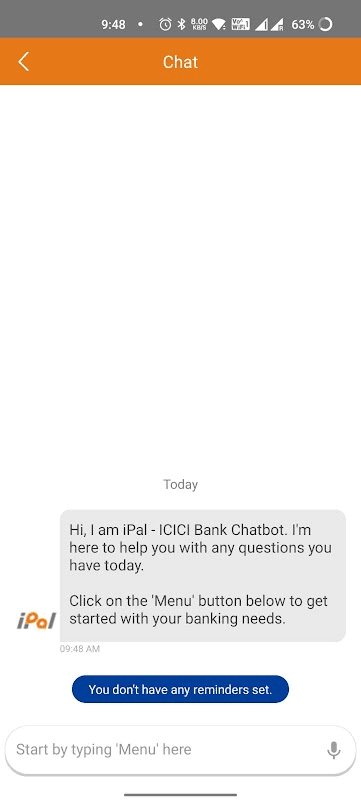
- Automated product emails and updates
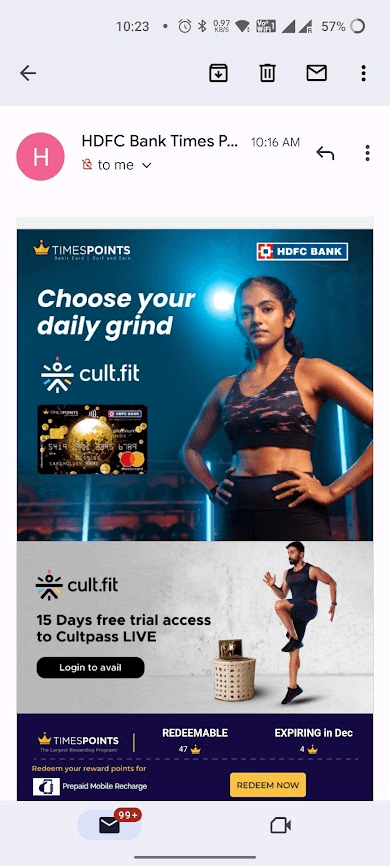
- Knowledge base blogs and articles
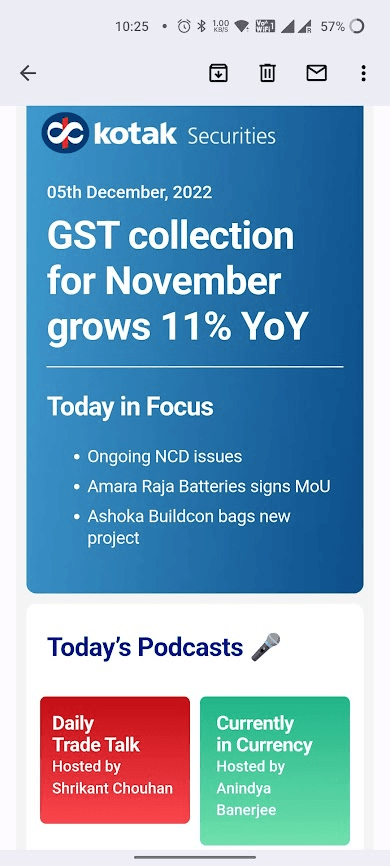
- Software/ SMS notifications and tutorials/guides about new features.
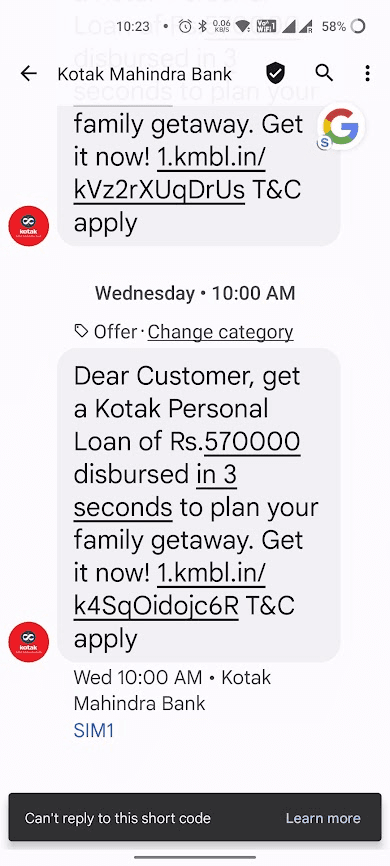
Retention models
A cornerstone of successful prospect conversion and customer retention in sales is understands the buyer journey. Then develop your retention strategy aligning with that lifecycle.
- For example, after getting a new prospect, the sales representatives might be focused on providing great content and interaction.
- As the prospect moves through the sales pipeline, the interactions sometimes get lost in the process. However, you’ll need to focus on keeping not just prospects but also your existing customers engaged by offering reliable content and making smart interactions that interest them.
Sales engagement platforms such as Zixflow are powered with automated tools, integrations, tracking features, etc., that reduce administrative tasks and help your sales reps focus on actual customer engagement strategies to retain existing customers. The retention model is beneficial for the following reasons:
- Reduces churn rate
- Nurtures existing leads and customers
- Give your business a competitive advantage
Here’s how Zixflow can help you build a retention model with automated workflows:
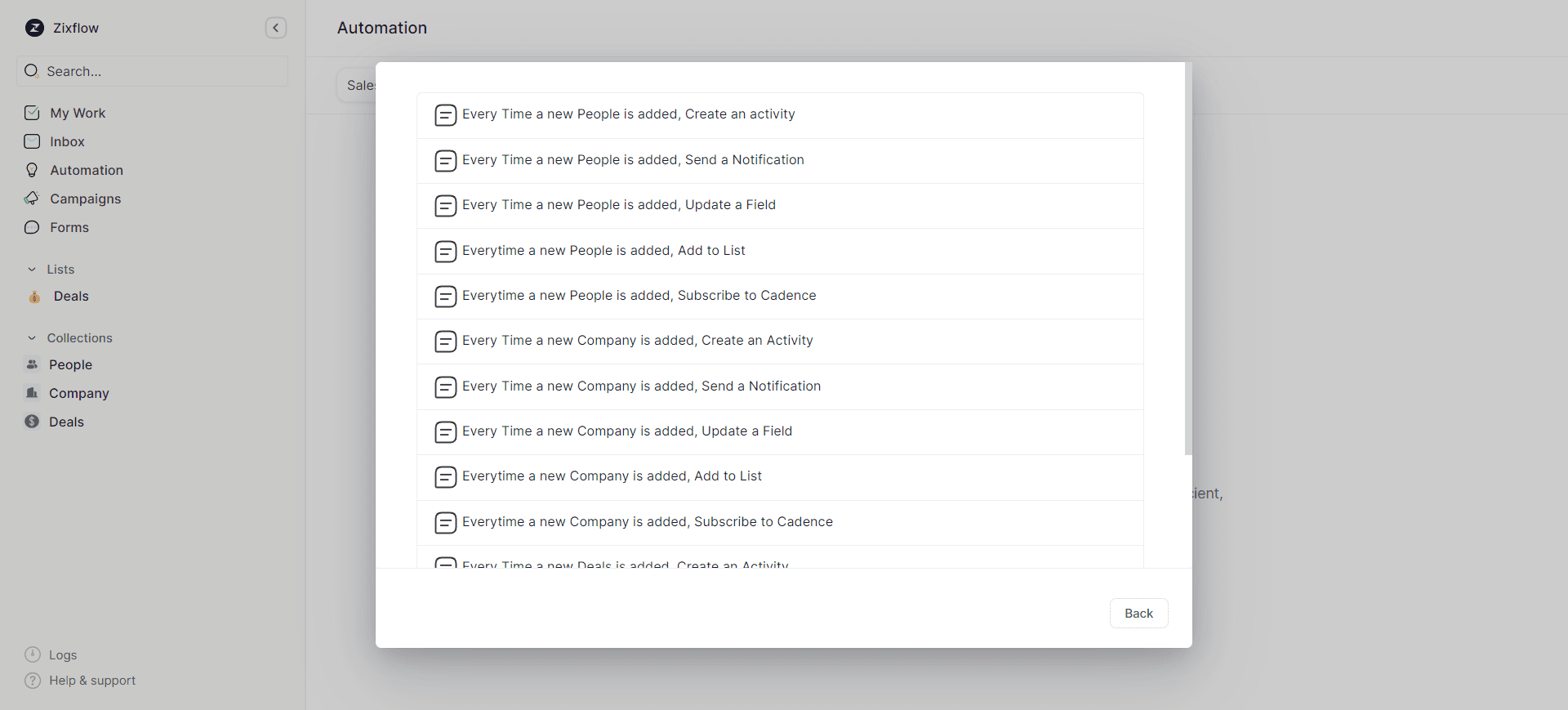
Automated prospect retention
Sales Automation has penetrated every aspect of business, and sales engagement is no exception.
- Automated sales engagement models use automated personalized interactions. These include traditional email marketing with hyper-personalization, push notifications, WhatsApp messaging, and automated text messaging.
- From a customer engagement perspective, one effective automated prospect retention model is using welcome mail every time a new lead is captured or converted into a customer.
Most types of automated engagement function in a similar fashion:
- Gathering your prospects through an automated engagement program such as Lead Bot
- Identifying which prospects are at risk of churning and which prospects have the highest chance of converting.
- To schedule follow-up interactions such as meetings and emails with the help of tools like sales cadence.
Tips for choosing an engagement model
Developing a sales engagement model can be the beginning of a rewarding sales initiative for your business. While adopting a sales engagement model, ensure you consider your business goal. This makes the engagement clear and consistent.
Regardless of the sales engagement model you select, it is critical that you make your prospect resonate with a product in the process. Here are 3 tips that can help you decide the sales engagement model for your business needs:
- Complete your prospect research. Understand the prospect journey and make interactions at critical points where competitors might sway them.
- Create a diverse sales engagement strategy and keep room for flexibility.
- Ensure consistent branding of your business and products throughout the engagement cycle.
Frequently asked questions
Why are sales engagement models important?
Business interactions with prospects of different types of sales are vital at all stages of sales engagement- from reaching out to potential leads to converting prospects into customers. Adopting a suitable sales engagement model health efficient management of prospect relationships throughout the entire sales journey. This will lead to higher conversion rates, customer retention and overall increased revenue generation.
How do you select the right engagement model?
High-touch sales engagement frameworks are incredibly beneficial for businesses having high-cost solutions. High-touch sales engagement activities involve several touch points with prospects to ensure your successful lead conversion and smooth onboarding. However, for bulk-manufactured or low-cost products, low-touch sales engagement models that leverage automated strategy is the best solution. However, certain businesses might require hybrid models for the best outcomes.
How to develop a sales engagement model?
The primary step in developing a sales engagement model is understanding the type of engagement required to meet prospect expectations, deliver value, build trust and establish long-term relationships. The sales engagement model should also justify the revenue generated from each prospect.
Build your sales engagement model with Zixflow
Developing a sales engagement model is not a one-time thing. You need to consistently track and improve your sales engagement framework to ensure your interactions stay relevant to the evolving prospect expectations.
The Zixflow platform is packed with several features and integrations to help you not just develop a sales engagement model. It can also help you track the outcomes, extract historical data, get an overview of the entire engagement process and more. To explore the complete potential of Zixflow, book a demo or start your trial for free.
